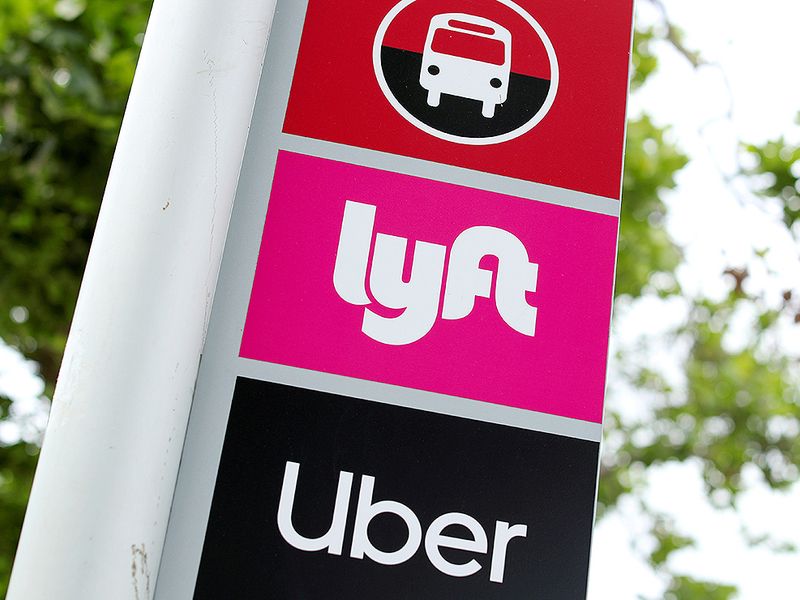
Uber Technologies Inc. and Lyft Inc. both turned in narrower losses than expected in the first quarter.
Uber on Wednesday said its food-delivery business continued to grow, but ride-hailing bookings were flat from the previous quarter. The company said March delivered the first signs of U.S. recovery from the COVID-19 pandemic.
The ride-hailing mobility business had to absorb a $600 million hit to account for a settlement with its more than 70,000 U.K. drivers and provide them with more benefits.
Uber posted an adjusted $359 million first-quarter loss before interest, taxes, depreciation and amortization, narrowing losses by nearly $100 million from the previous quarter.
Analysts on average had expected the company to report an adjusted EBITDA loss of around $452 million, Refinitiv data showed.
Uber has promised to be profitable on that metric by the end of the year, three months after its smaller ride-hail rival Lyft, which on Tuesday said it would report sustained adjusted profits starting in the third quarter.
Lyft surprised Wall Street with significantly lower losses than expected and said it would deliver dependable profit on an adjusted basis beginning in the third quarter thanks to cost cuts that allow the company to earn more per ride.
The results come as Lyft emerges from more than a year of pandemic-related restrictions during which ridership and revenue plummeted. The company said it expected a strong rebound in U.S. travel in the third quarter, when many homebound Americans who hunger for travel are likely to be fully vaccinated against COVID-19.
Lyft reported an adjusted $73 million first-quarter loss before interest, taxes, depreciation and amortization — a metric that excludes more than $300 million in one-time costs, including stock-based compensation. That is significantly narrower than the $144 million loss analysts had projected on average, according to Refinitiv data.
Lyft reaffirmed its goal to be profitable on the adjusted EBITDA metric in the third quarter of this year and said it would remain profitable beyond that time, even as the company invested in future growth opportunities.
Lyft President John Zimmer said Lyft would take advantage of its leaner cost structure to make more money per rider as passengers return to the platform in greater numbers in the coming months.
Uber on Wednesday said it had 3.5 million active drivers and food-delivery workers on its platform during the first quarter, the majority of whom work in the United States.
Uber’s first-quarter results come on the heels of the company’s announcement last month that March had been the best month in the company’s nearly 12-year history, with its mobility business reporting the most bookings since the start of the pandemic and delivery demand outstripping driver supply.